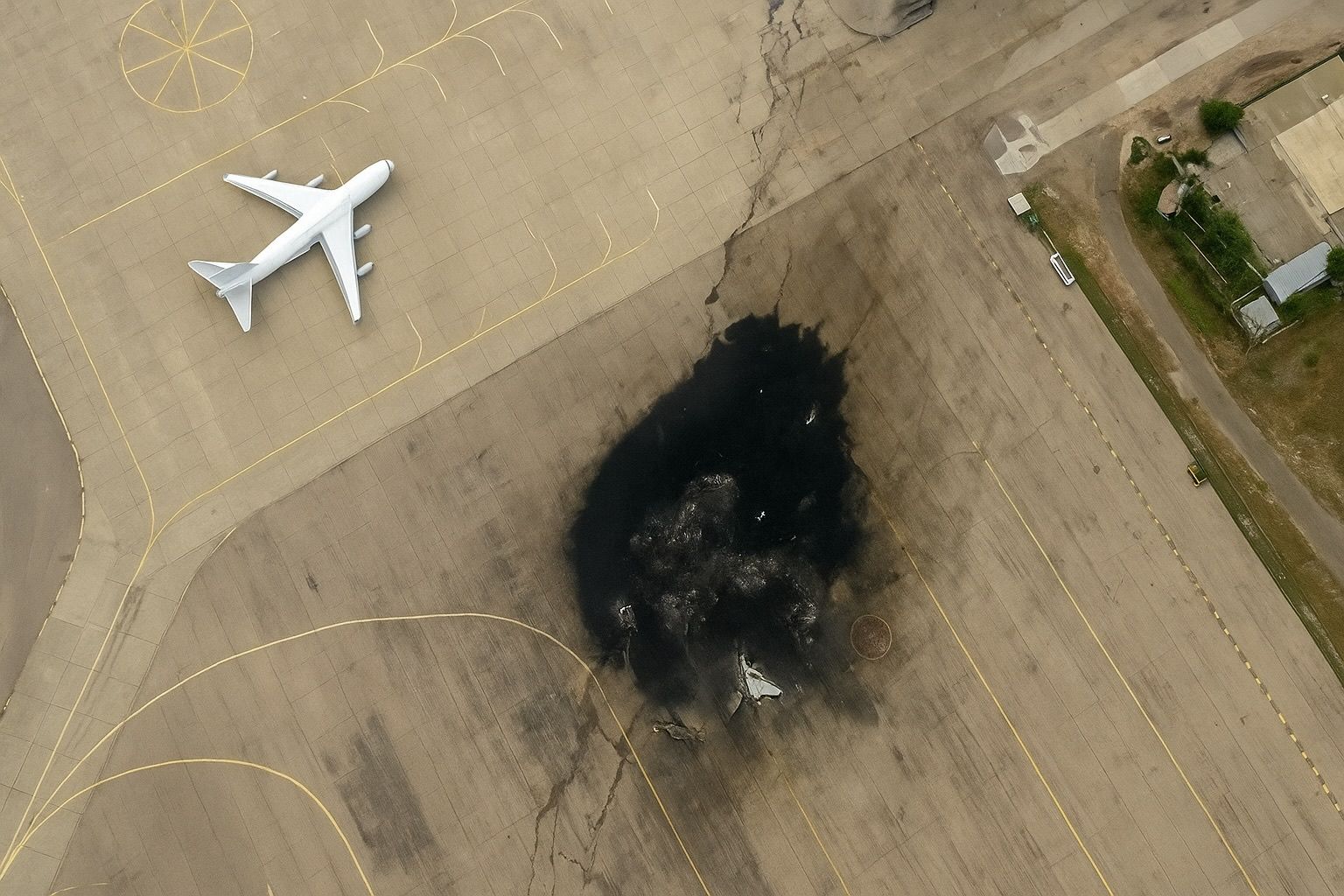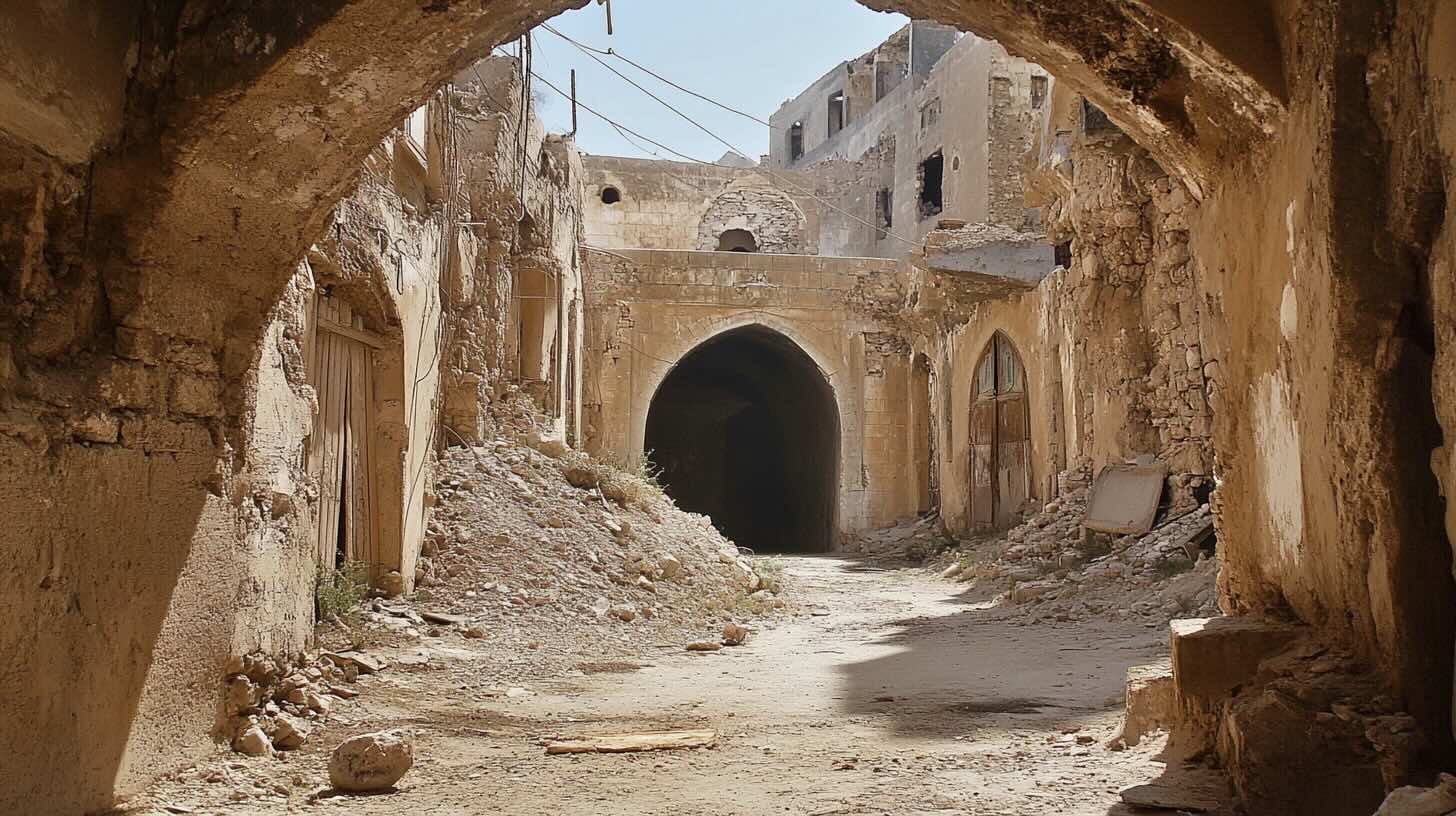![BIO-key (BKYI) spikes on major Middle East defense biometric deployment — stock reacts as company expands EMEA footprint [Nov. 7, 2025] BIO-key (BKYI) spikes on major Middle East defense biometric deployment — stock reacts as company expands EMEA footprint [Nov. 7, 2025]](https://ts2.tech/wp-content/uploads/2025/11/BIO-key-International-480x384.jpg)
BIO-key (BKYI) spikes on major Middle East defense biometric deployment — stock reacts as company expands EMEA footprint [Nov. 7, 2025]
BIO‑key International, Inc. (Nasdaq: BKYI) said today it has secured a “significant” new identity and biometric security deployment with a major defense‑sector security organization in the Middle East, a win the company calls one of its largest security‑sector deployments in





